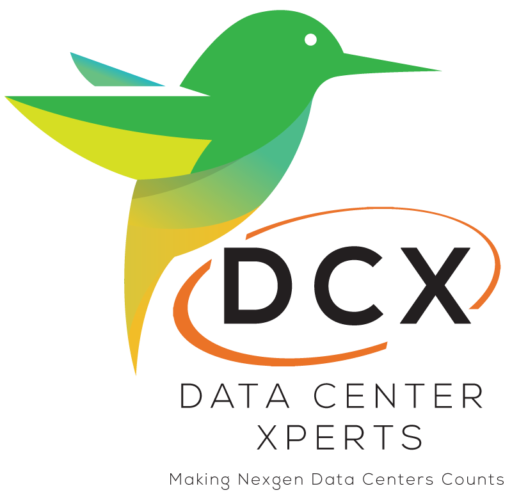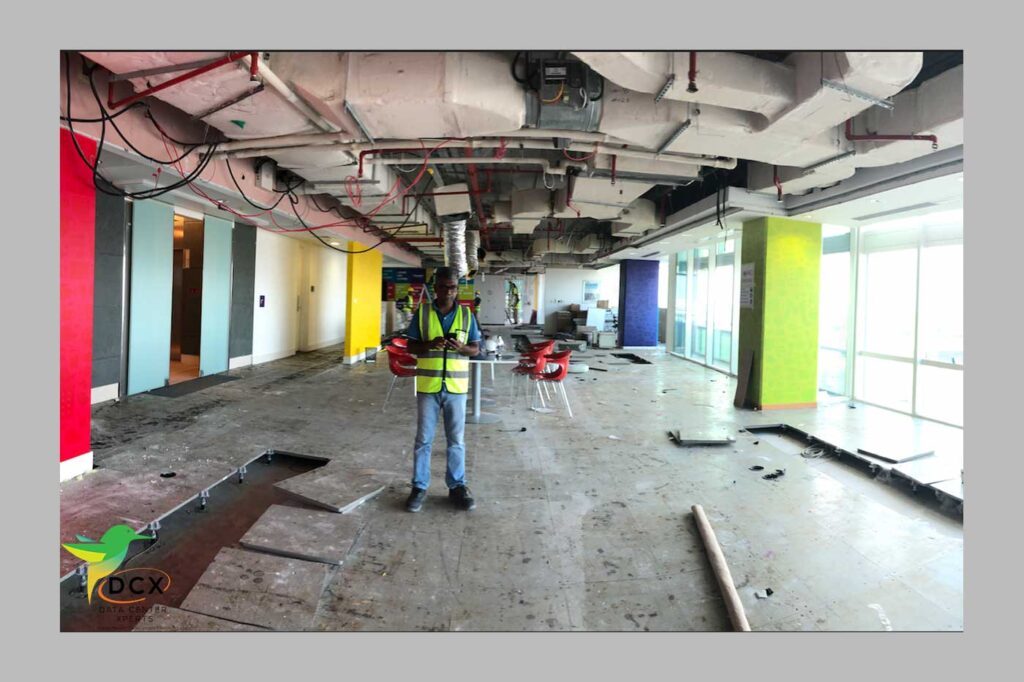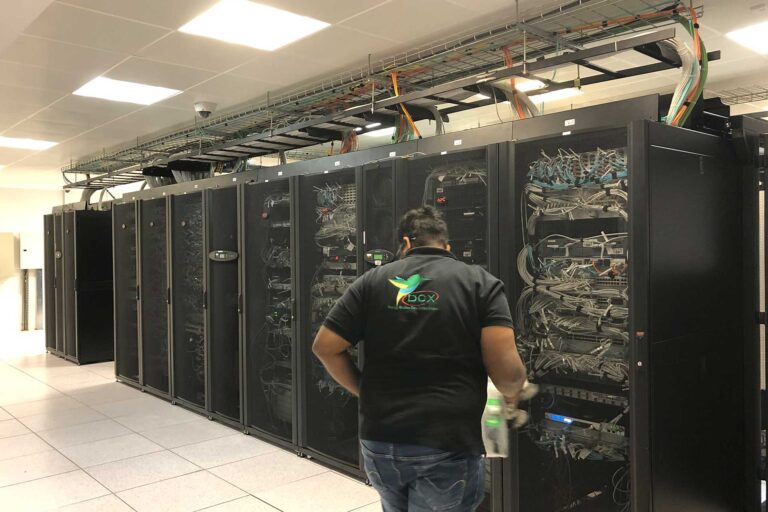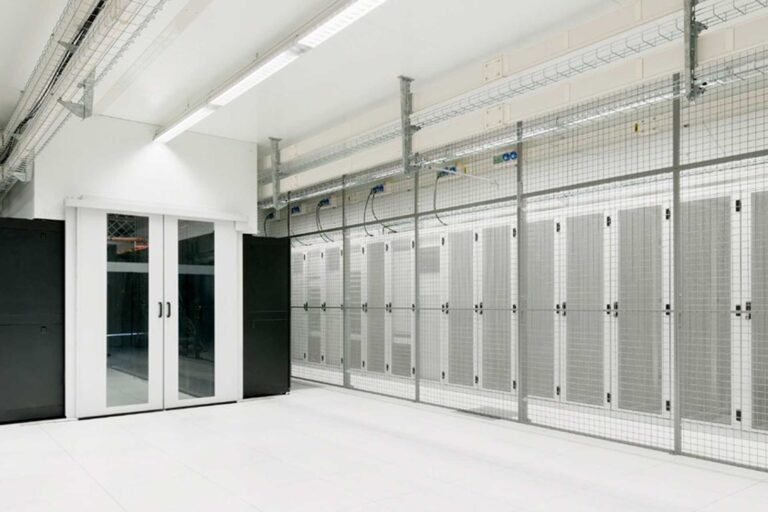Depending on the ownership and precise requirements of a business, a data center’s size, shape, location and capacity may vary.
Common data center types include the following:
- Whitespace data centers. Custom built data centers owned by corporates for their internal Information Technology end users. They offer wide range of applications that extend support to the IT operations and critical applications of a single organization and can be located both on-site and off-site.
- Managed Hosting data centers. Data center owned by end user, investor, or service provider and managed by third parties, these data centers provide all aspects of data hosting, storage, backup, restore, managed service, and computing services. Companies and individuals lease, instead of buy, the infrastructure and services. e.g. Bluehost and Godaddy.
- Cloud-based data centers. Large scale data centers, built to offer the highest availability 99.999 and redundancy, off-site distributed data centers are managed by third-party or public cloud providers, such as Amazon Web Services, Microsoft Azure or Google Cloud. Based on an infrastructure-as-a-service model, the leased infrastructure enables customers to provision a virtual data center within minutes.
- Colocation data centers. These rental spaces inside colocation facilities are owned by third parties. The renting organization provides the hardware, and the data center provides and manages the infrastructure, including physical space, bandwidth, cooling and security systems. Colocation is appealing to organizations that want to avoid the large capital expenditures associated with building and maintaining their own data centers.
- Edge data centers. These are smaller facilities that solve the latency problem by being geographically closer to the edge of the network and data sources.
- Hyperscale data centers. Synonymous with large-scale providers, such as Amazon, Meta and Google, these hyperscale computing infrastructures maximize hardware density, while minimizing the cost of cooling and administrative overhead.
Main Goals Behind Data Center Business Continuity Plan
Data Center business model goals should focus on a number of information technology (IT) initiatives, such as:
- Business continuance
- Data center cyber security and data center perimeter security
- Data Center Application, server, and Data Center consolidation
- Integration of applications whether client/server and multitier (n-tier), or web
- Services-related applications
- Cloud storage vs. on preim data center
- Storage consolidation.

These IT initiatives are a combination of the need to address short-term data center problems and establishing a long-term strategic direction, all of which require a data center architectural foundation to avoid unnecessary instability if the Data Center network is not flexible enough to accommodate future changes.
Data center design criteria must ensure:
- Availability
- Scalability
- Security
- Performance
- Manageability
Every company can do better, and be more sustainable, in the way they do their business.
JEAN PASCAL TRICOIRE
Below are images for one of the DCX Technologies Data Center renovation projects in Dubai for a multinational client. The photos show the demolition of the space to start the inauguration of a new state-of-the-art data center.
Summary of Data Center Facilities
Data Center facilities are likely to support a high concentration of data center blade server resources and network infrastructure.
The demands posed by these resources, coupled with the business criticality for data center mission critical applications create the need to address the following areas:
- Power capacity
- Cooling capacity
- Cabling
- Temperature and humidity controls
- Fire and smoke systems
- Physical security: restricted access and surveillance systems
- Rack space and raised floors.





